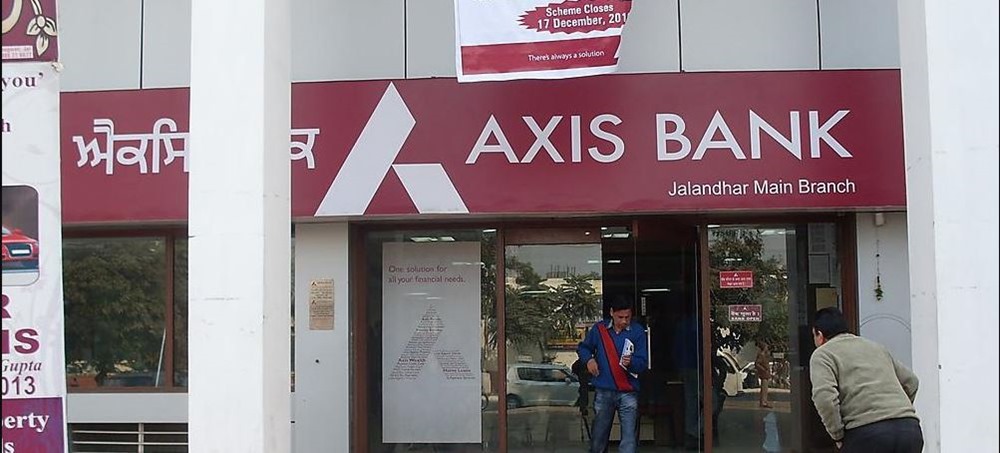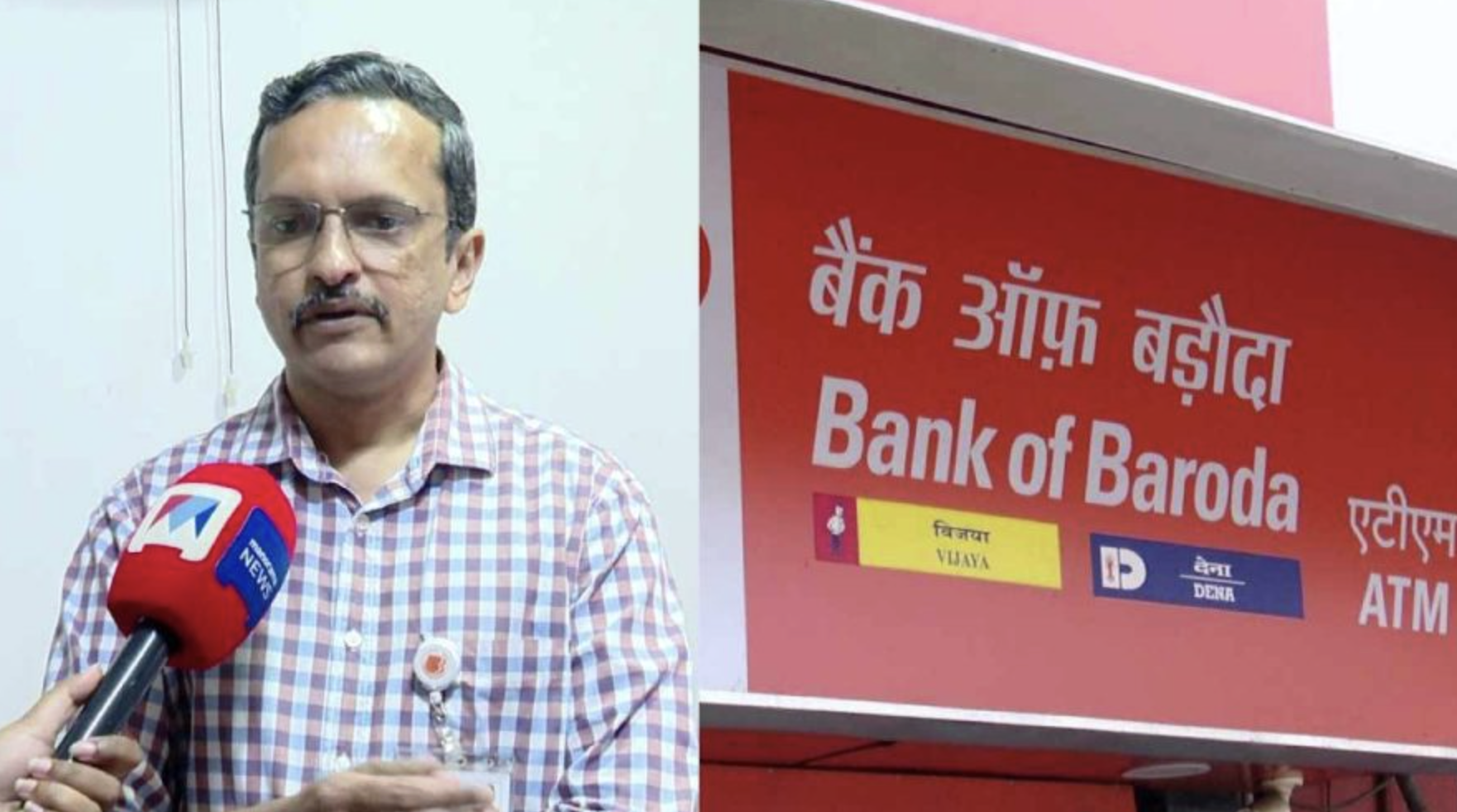As per the latest study by the state-run Fiscal Policy Institute (FPI), the Shakti scheme, under which free bus travel is offered to women, is contributing to Karnataka’s GST collection and is also increasing female participation in the labour force.

A Quantitative Analysis of the Shakti Scheme’s Impact on Karnataka’s GST Collection
Even since its launch in launch June last year, there has been an increase in the Karnataka’s GST collection ‘presumably’ increased by Rs 309.64 crore.
This has been attributed to the increase in the savings due to bus savings which led to increase in other consumption activities, translating into revenue for the government.
This study revealed the quantification of the financial impact of Shakti.
In a report, FPI research fellow Anusha Sangondimath said that “The amount saved on the travel results in increased income for a traveler and it is presumed that they will spend the entire amount on consumption of other necessary items”.
“Such extra spending would modify the tax collections by the government.”
The fiscal impact of Shakti has been calculated in the study by using the data of Monthly Per Capita Expenditure on various commodities, the GST rates and the total ticket value of the scheme.
The study projected that Shakti could generate a GST revenue of Rs 371.57 crore in 2024-25.
Empowering Women and Boosting Labor Force Participation
There is another study conducted by the JustJobs Network in collaboration with the Fiscal Policy Institute, wherein it has been said that the average savings due to the fare-free travel under the Shakti scheme is shown as Rs 1,326 in Bengaluru, Rs 1,015 in Haveri, Rs 779 in Chamarajanagar, Rs 784 in Yadgir and Rs 681 in Udupi.
As per the FPI study, there is more women participation in the employment activities under the Shakti scheme.
The study uses quarterly comparison of Female Labor Force Participation Rate (LFPR) and Worker Population Rate (WPR) before and after implementation of the Shakti scheme.
In the month of October-December 2022, the female LFPR was 25.1, which later rose to 30.2 in same period in the next year.
The WPR in October-December 2022 was 23.7, which went up to 28.8 in 2023, the study states.
As per the study “Safe and affordable modes of transportation can not only increase female participation in the labour force but also provide them with an opportunity to actively contribute to the nation’s economy”.













